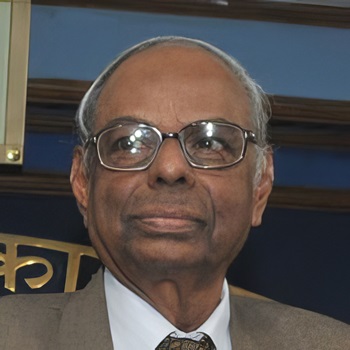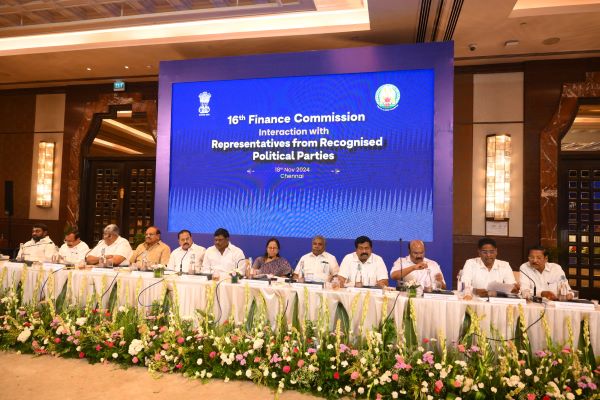.png)

Dr C. Rangarajan, economist and policymaker, steered India’s monetary and financial sector reforms during the liberalisation era as RBI Governor in the 1990s. He also chaired the Twelfth Finance Commission and the Prime Minister’s Economic Advisory Council.
May 30, 2025 at 6:50 AM IST
India’s federal compact is once again under strain, and this time the pressure is coming not from political confrontation but from deeper fiscal tensions. Several economically advanced states are increasingly dissatisfied with their share of central transfers, arguing that the current system penalises performance. This raises a fundamental question: can a new fiscal arrangement provide a more balanced and equitable solution?
To answer this, we must revisit one of the longstanding features of India’s fiscal system, the exclusive authority of the Union government to levy personal income tax. In light of growing demands from richer states for greater fiscal play, it may be time to consider whether states, too, should be given limited powers to impose an income tax on individuals.
The rationale behind this proposal emerges from a recurring grievance among high-income states: the Finance Commission’s allocation formula, particularly the “income distance” criterion, disadvantages them structurally. This criterion, which measures how far a state’s per capita income is from the richest state, has been central to how resources are shared. States with lower income receive a larger share of central transfers under this principle, a form of equalisation aimed at encouraging more uniform development.
While the intent is sound, the execution has, over time, led to disproportionate outcomes. In some Finance Commissions, the income distance criterion has carried a weight as high as 50% in resource allocation. Naturally, this has meant that more developed states consistently receive less, even as their expenditure responsibilities rise. As this discontent mounts, it is imperative to explore corrective measures that go beyond tweaking formulas.
Allowing states to levy personal income tax is one such corrective, albeit a bold one. This is not without precedent. In federal systems like the United States, states have long had the power to tax personal income. Some exercise this right actively, while others opt out, often to attract investment and talent by keeping tax burdens low. The framework allows for differentiation and discretion, enabling each state to calibrate its fiscal policy according to its economic strategy.
Implementing such a system in India would require careful calibration. First, it would need a constitutional amendment. Second, any new structure must be simple, transparent, and designed to avoid excessive tax burdens. A well-crafted ceiling on overall income tax liability could help preserve equity while allowing flexibility.
It is also likely that many states, even if empowered, may choose not to impose a high level of personal income tax. The fear of being seen as investor-unfriendly or anti-growth could serve as a natural deterrent. Yet, for those states that wish to raise additional revenue in a disciplined manner, the option should exist.
Alongside this, the issue of shrinking divisible resources must be addressed. The rising use of cesses and surcharges, which are not shared with states, has eroded the size of the divisible pool. This too deserves attention in the 16th Finance Commission’s agenda.
A comprehensive review of how such instruments are used and whether limits need to be imposed is necessary to restore trust and transparency in fiscal transfers.
One immediate solution is to reduce the weight for the income-distance criterion in horizontal distribution.
Ultimately, the proposal to allow states to levy income tax is not about fragmenting India’s fiscal union. It is about modernising it by giving states more tools to manage their own development priorities while retaining a commitment to national cohesion and shared prosperity. We have also indicated what we can do immediately.




